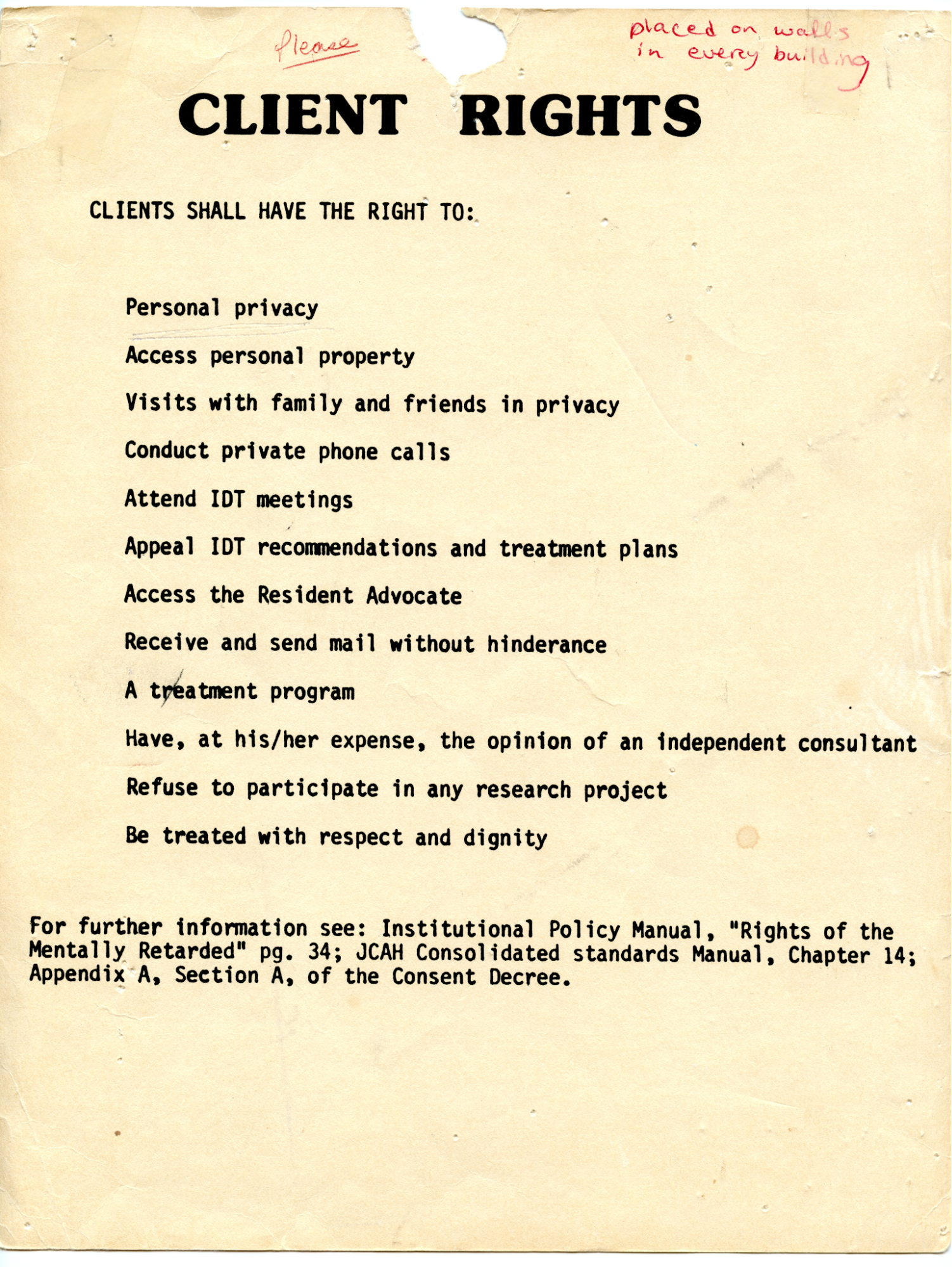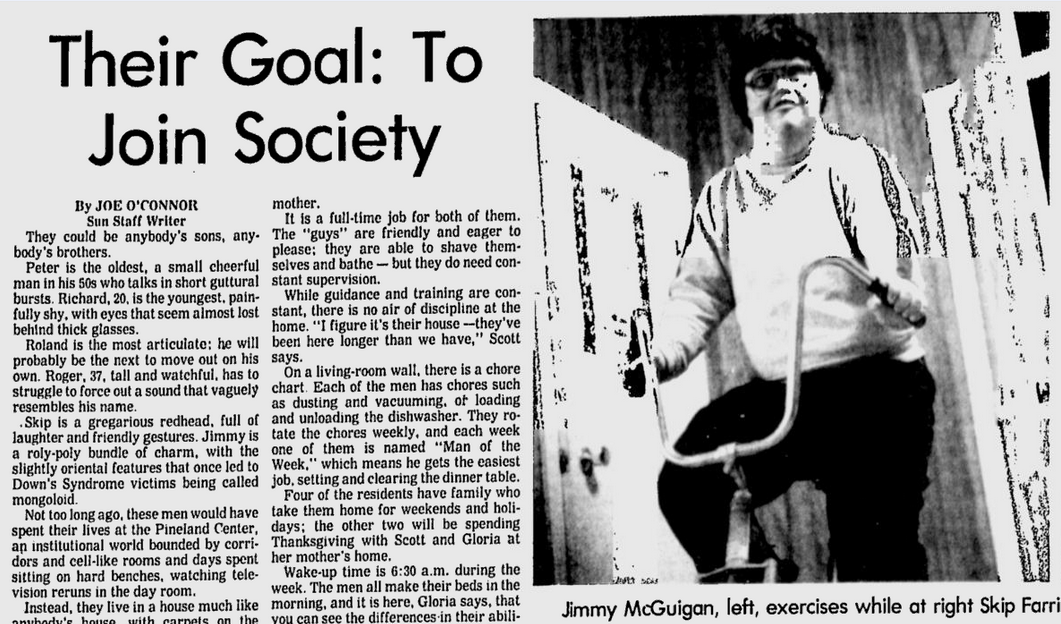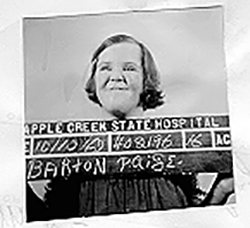The second decade of the 21st century ushered in big changes to state government. An economic downturn and a new administration ushered in alongside others in an austerity-based, small government movement led to budget cuts and staffing freezes at the Department of Human Services. Over this decade, waitlists for services exploded, especially for Section 21 services, which serve those who need daily support to live full lives.
In February of 2000, in response to the federal Olmstead decision requiring services for people with developmental disabilities in the least restrictive environment possible, the Commissioner of the Department of Human Services created the Workgroup for Community-Based Living.
Despite a growing understanding that community-based services were a better choice for individuals than institutionalization, switching from a consolidated and hierarchical system to one of many service providers helping smaller numbers of clients follow personalized plans for success was difficult, and the path forward had many hurdles to overcome.
Born in 1802 in Hampden, Maine, Dorothea Lynde Dix became a fierce advocate for the poor and the mentally ill, who worked to create the first mental asylums in the United States.
The impulse toward institutions continues as some community-based facilities for developmentally disabled persons grow in size and the people they serve become less integrated in everyday community life and less in control of their own lives.

The transition from institutional to community living and care was not easy for many Pineland residents, nor was it easy for those setting up and trying to operate housing and various services.

Despite all the systems in place to ensure compliance, problems arose. New criticisms of inadequate funding, staff shortages, not enough community options, lack of proper oversight of persons moved into the community, and other non-compliance led to another lawsuit. In the meantime, the state had decided to close Pineland.
With public and policy sentiment turning towards the idea that people with developmental disabilities deserved the right to care in their communities and a full life with control over their choices, a new system needed to be built from the ground up.

Neville Woodruff, the lawyer who represented Pineland residents in the lawsuit, threatened new suits against Pineland saying, “They are very far behind in three major areas - staffing, quality of programs, and staff training.” Court Master Gregory was critical of the lack of improvements at Pineland as well, saying residents were “still just being kept. Life for them is purposeless."

